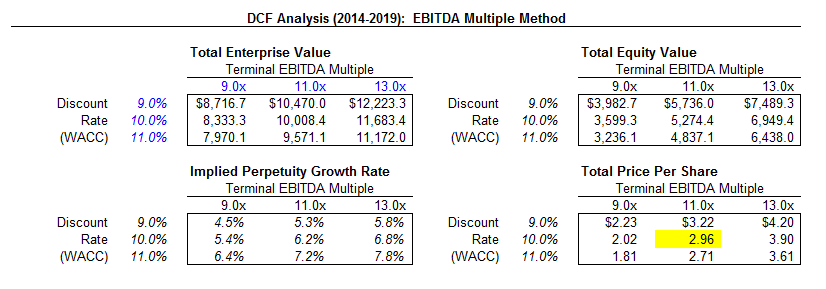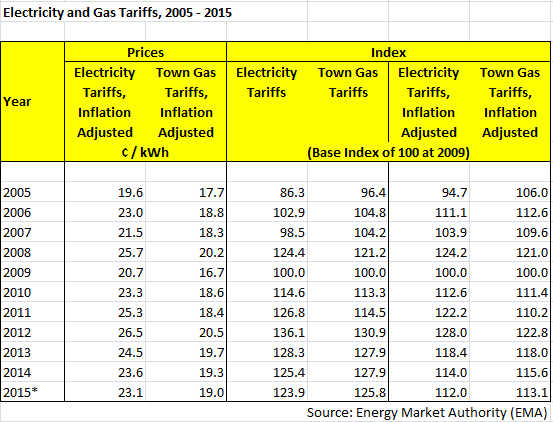In the past few years, we have probably given ourselves a little more slack because of the continuing bull run which does not seemingly going to stop. This bull run has been going for almost the past 6 years since the Great Financial Crisis and it has attracted many retail investors to start investing.
I was once a newbie investor so I totally understand how they were feeling. When market seems to be in buoyant mood and the counters you have in your watchlist are mostly green, you get a sense of security that investing is safe and profitable and you think the worst it could happen if the market undergoes some correction is to hold on to the stock and ride the storm for a couple of years. This is somewhat true in some sense. For example, buying ST Engineering at a PER of 20x means that it will take the company 20 years for them to replicate the earnings to break even at the current price you as an investor paid today. Assuming a 75% dividend payout, it will take you about 26.66 years of dividends collected to cover for the price you paid earlier. The same can be said with companies like SMRT which are trading at 30x. The logic may sound pretty decent, but I'm not too sure if we want to wait for that long to recoup our initial investment.
Company's valuation (regardless of whatever metrics you are using) remain the most solid fundamentals every investor need to consider before purchasing. I will not be talking about this for today's post. Rather, I will be presenting a very broad general market valuation of where we are at right now. Again, I want to emphasize that this is coming from a very high level point of view, so it may or may not affect your decision about today's market condition. For myself, I do not generally focus too much on these macro stories but it'll be good to understand them at the very broad level.
Here, I will be showing you the current overall market conditions based on 3 different metrics:
1.) Market Capitalization to GDP (Buffett Valuation Indicator)
If you have been reading the news regularly, this shouldn't be a stranger to you.
The market cap to GDP ratio, also dubbed the Buffett valuation indicator, is a long term ratio used to determine whether an overall market conditions is undervalued or overvalued. As the ratio suggests, a result that is greater than 100% is known to be overvalued while a value below 100% is know to be undervalued.
If you think about it, this makes particular sense because anything above 100% means that market value has grown faster than the rise in earnings, which is a sign of overvaluation. As an investor, we certainly do not want to invest in such companies using the same logic.
In case you are wondering where we are currently at right now, we are at the 123% at the start of the year. It's probably around the same now until the next quarterly earnings are announced. A quick look at the past history and you can see that the indicator was at the highest at 153% during the dotcom bubble and 117% during the Great Financial Crisis. This gives us some indication of where we are at right now.
2.) Q Ratio (developed by Nobel Laureate James Tobin)
I have talked about this indicator at some of my posts in the past and Jeremy Grantham mentioned this a couple of times too.
The Q Ratio is an indicator of the total market value divided by the replacement cost of the overall market. This is a little bit like measuring the Price to Book where the earlier was like the Price to Earnings. Again, anything above 100% represents overvaluation while anything below represents undervaluation.
The current market we are at right now represents a Q ratio of 1.11, which indicates overvaluation. You can see for yourself where the Q ratio is at during periods where market crashed and you probably get the idea.
3.) Regression to Trend
If you have taken a statistics class in your college or uni days, you should know what a regression slope generally does to the mean of a pattern or trend.
The regression trendline drawn through clarifies the secular pattern of a variance from the trend. Where the market is trending above the regression slope, they are known to be overvaluation while the converse is true.
The periods during the dotcom bubble sees an unprecedented 147% overshooting to the slope. The same goes during the GFC where it shoots up 130%. Today's current market conditions are not too far from the peak during the dotcom bubble, which may be something an investor would want to consider.
Final Thoughts
Back to where we first start, I mentioned about the importance of focusing on the fundamentals of the company where as an investor we try not to overpay for what it is worth for. I think that should stand solid and one that every investors need to keep a close tap on.
The overall market conditions shown above is just a general guide, but it gives you an overall indication where the horse is at right now. If we apply the same logic to what we apply to individual companies, we would certainly want to avoid investing in the current market conditions. The fear of missing out on any further gains might be a loss of opportunity cost to you, but a potential permanent loss of capital might be an even more important to note of.
If you think that you are unable to participate in the current market conditions because most of the companies you researched are overvalued, then stand by the principle and put them in your watchlist. The day will come where opportunities will present itself to you so much that you might not even have the resources to take on. However, if you insist that you are ignoring valuations and you are investing for the sake of long term, then let me remind you that you might face a permanent loss of capital should things does not work out well for you. Even if it does, it might take a lot of granny years for you to recoup your losses, less alone make profits from it.
Revisit your principles in investing, focus on the fundamentals of the company and stay alert on what is going on the macro-economic news. You'll do fine just like that.
What do you think? Does the above makes any sense to you or do you have different thoughts?















































